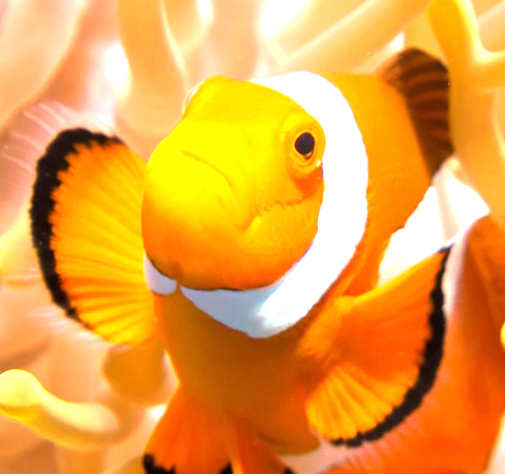City lights blinding Nemo
 Experts say artificial light is hurting clownfish.
Experts say artificial light is hurting clownfish.
A new study suggests young clownfish living closest to shore are dying faster than those further offshore because they are being exposed to artificial lighting.
The scientists also found that the surviving clownfish grew 44 per cent more slowly than clownfish under natural lighting conditions.
Professor Stephen Swearer, a marine ecologist from the University of Melbourne, says the international team exposed 42 clownfish in their host anemones to either artificial light at night (ALAN) or natural light in the lagoon. The clownfish were monitored over nearly two years, individually identified as survivors, and captured to measure their growth.
“The impacts of light pollution found here are probably underestimated and mitigation measures and policy changes are urgently required,” said Professor Swearer.
Clownfish often live in shallow coastal waters and are highly sedentary living in anemones, which means they can be easily impacted by light at night coming from streetlights, piers or ports.
“As with many other reef fish, clownfish feed, reproduce, defend their territories and interact with other fish during the day and reset whilst sleeping at night. However, 36 per cent of the clownfish exposed to light pollution were more likely to die than fish under natural light cycles,” said lead author Jules Schligler from the École Pratique des Hautes Études PSL Université Paris (EPHE).
“Like humans, fish need a period of inactivity, which is crucial for their well-being.”
The research paper states that “even those fish that survived didn’t entirely escape the effects of artificial light at night as they grew less than fish from the control group”.
As 12 per cent of all coral reef fish live in close association with another sedentary species, such as a coral or anemone, light pollution could already be having severe negative impacts on a fifth of fringing reef fish populations.
The research team says it hopes to raise awareness of the impacts of ALAN on coastal marine ecosystems.
The full study is accessible here.








 Print
Print